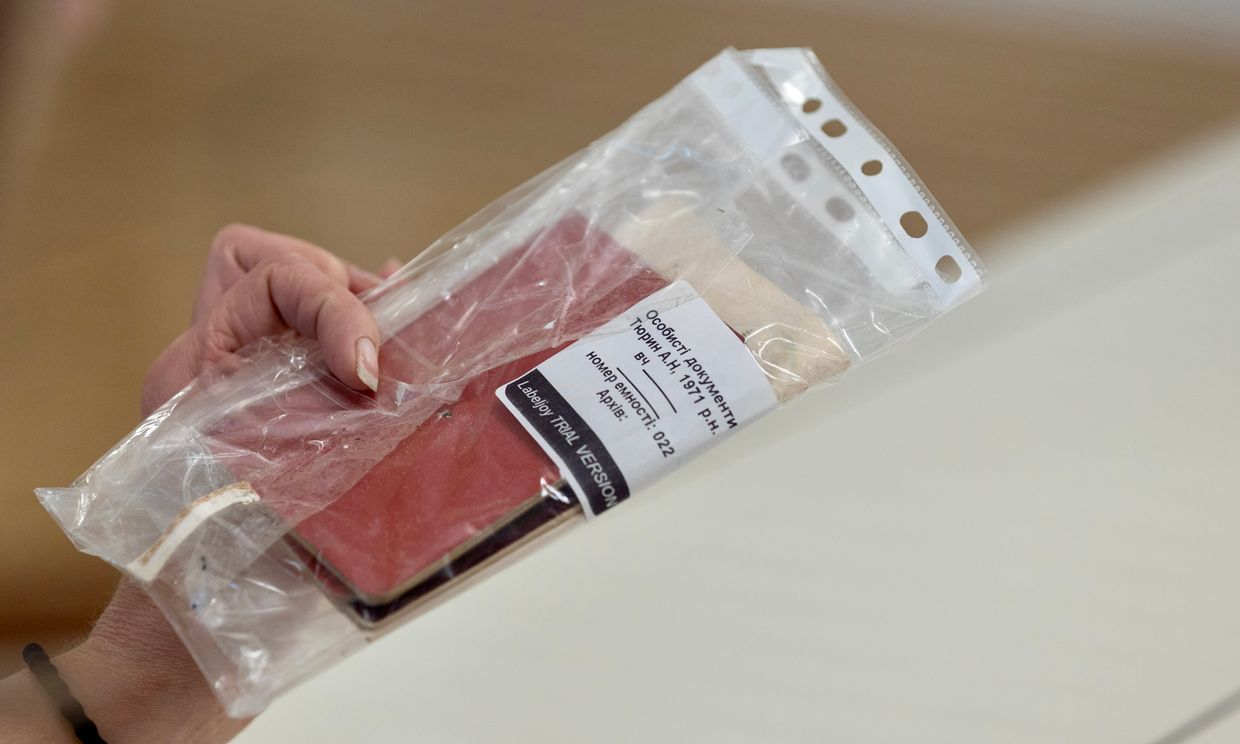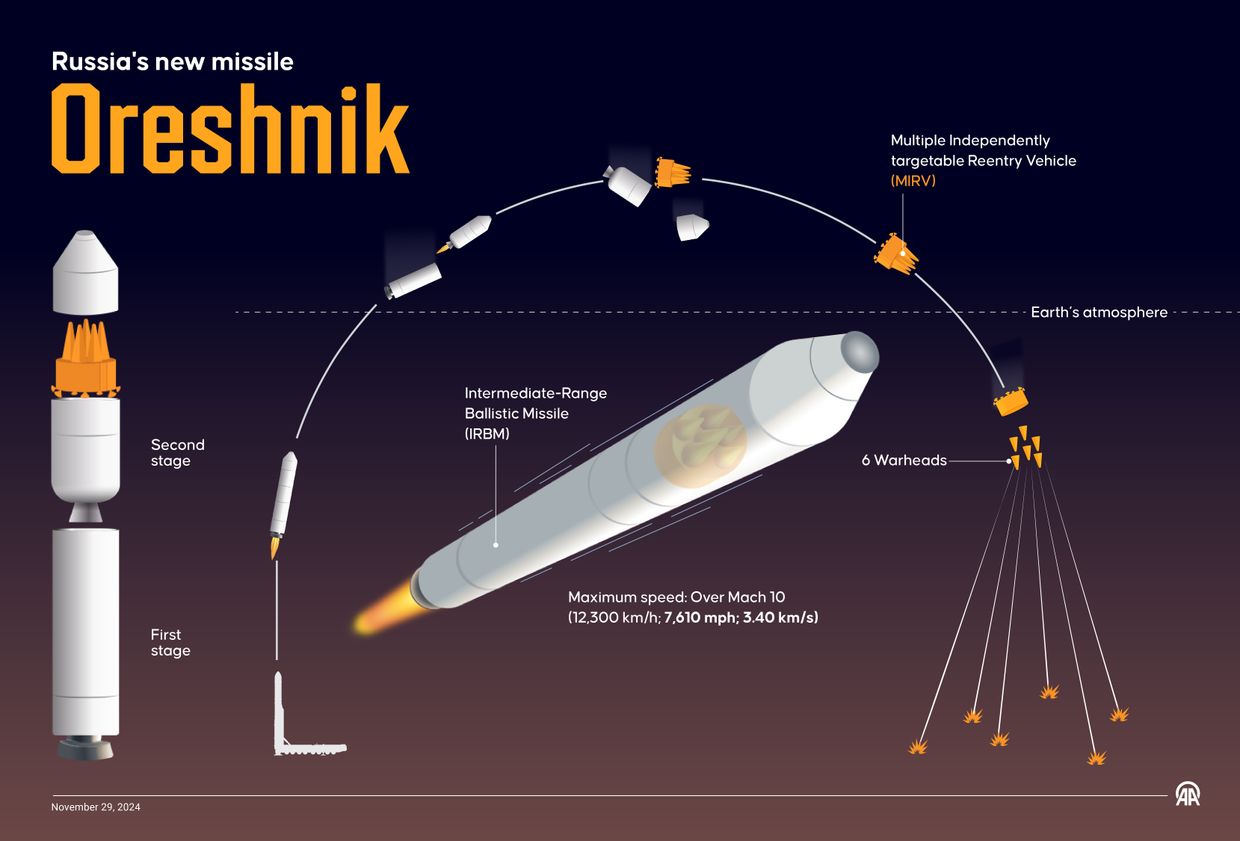This story was originally published by Vox.com and is reproduced here as part of the Climate Desk collaboration.
Globally, humanity is producing more food than ever, but that harvest is concentrated in just a handful of bread baskets.
More than one-third of the world’s wheat and barley exports come from Ukraine and Russia, for example. Some of these highly productive farmlands, including major crop-growing regions in the United States, are on track to see the sharpest drops in harvests due to climate change.
That’s bad news not just for farmers, but also for everyone who eats—especially as it becomes harder and more expensive to feed a more crowded, hungrier world, according to a new study published in the journal Nature.
Under a moderate greenhouse gas emissions scenario, six key staple crops will see an 11.2 percent decline by the end of the century compared to a world without warming, even as farmers try to adapt. And the largest drops aren’t occurring in the poorer, more marginal farmlands, but in places that are already major food producers. These are regions like the US Midwest that have been blessed with good soil and ideal weather for raising staples like maize and soy.
But when that weather is less than ideal, it can drastically reduce agricultural productivity. Extreme weather has already begun to eat into harvests this year: Flooding has destroyed rice in Tajikistan, cucumbers in Spain, and bananas in Australia. Severe storms in the US this spring caused millions of dollars in damages to crops. In past years, severe heat has led to big declines in blueberries, olives, and grapes. And, as the climate changes, rising average temperatures and changing rainfall patterns are poised to diminish yields, while weather events like droughts and floods reaching greater extremes could wipe out harvests more often.
“That’s like everyone giving up breakfast … about 360 calories for each person, for each day.”
“It’s not a mystery that climate change will affect our food production,” said Andrew Hultgren, an agriculture researcher at the University of Illinois Urbana-Champaign. “That’s the most weather-exposed sector in the economy.”
Farmers are doing what they can—testing different crop varieties that can better withstand changes in the climate, shifting the timing of when they sow, tweaking their use of fertilizers and water, and investing in infrastructure like water reservoirs.
The question is whether these adaptations can continue to keep pace with warming. To figure this out, Hultgren and his team looked at crop and weather data from 54 countries around the world dating back to the 1940s. They specifically looked at how farmers have adapted to changes in the climate that have already occurred, focusing on maize, wheat, rice, cassava, sorghum, and soybean. Combined, these crops provide two-thirds of humanity’s calories.
In the Nature paper, Hultgren and his team reported that in general, adaptation can slow some crop losses due to climate change, but not all of them.
And, the decrease in our food production could be devastating: For every degree Celsius of warming, global food production is likely to decline by 120 calories per person per day. That’s even taking into account how climate change can make growing seasons longer and how more carbon dioxide in the atmosphere can encourage plant growth. In the moderate greenhouse gas emissions scenario— leading to between 2 and 3 degrees Celsius of warming by 2100—rising incomes and adaptations would only offset one-third of crop losses around the world.
“Looking at that 3 degrees centigrade warmer [than the year 2000] future corresponds to about a 13 percent loss in daily recommended per capita caloric consumption,” Hultgren said. “That’s like everyone giving up breakfast … about 360 calories for each person, for each day.”
The researchers also mapped out where the biggest crop declines—and increases—are likely to occur as the climate warms. As the world’s most productive farmlands get hit hard, cooler countries like Russia and Canada are on track for larger harvests. The map below shows in red where crop yields are poised to shrink and in blue where they may expand:
Some of the biggest crop-growing regions in the world are likely to experience the largest declines in yield as the climate changes.Nature
The results complicate the assumption that poor countries will directly bear the largest losses in food production due to climate change. The wealthy, large-scale food growers may see the biggest dropoffs, according to the study. However, poor countries will still be affected since many crops are internationally traded commodities, and the biggest producers are exporters. A smaller harvest means higher food prices around the world. Less wealthy regions are also facing their own crop declines from disasters and climate change, though at smaller scales. All the while, the global population is rising, albeit much more slowly than in the past. It’s a recipe for more food insecurity for more people.
Rice is an exception to this trend. Its overall yields actually are likely to increase in a warmer world: Rice is a versatile crop and unlike the other staples, it benefits from higher nighttime temperatures. “Rice turns out to be the most flexibly adapted crop and largely through adaptations protected from large losses under even a high warming future,” Hultgren said. That’s a boon for regions like South and Southeast Asia.
Decreasing the available calories isn’t the only way climate change is altering food, however. The nutrition content can change with shifts in rainfall and temperature too, though Hultgren and his colleagues didn’t account for this in their study. Scientists have previously documented how higher levels of carbon dioxide can cause crops like rice to have lower levels of iron, zinc, and B vitamins. So the food we will be eating in the future may be more scarce and less nutritious as well.
And while climate change can impair our food supply, the way we make food in turn harms the climate. About one-third of humanity’s greenhouse gas emissions stem from food production, just under half of that from meat and dairy. That’s why food production has to be a major front in how we adapt to climate change, and reduce rising temperatures overall.
From Mother Jones via this RSS feed

 President Volodymyr Zelensky presents evidence to the media in Kyiv on June 21, 2025, showing that Russia handed over the bodies of its own soldiers during exchanges. (Presidential Office)
President Volodymyr Zelensky presents evidence to the media in Kyiv on June 21, 2025, showing that Russia handed over the bodies of its own soldiers during exchanges. (Presidential Office) President Volodymyr Zelensky presents evidence to the media in Kyiv on June 21, 2025, showing that Russia handed over the bodies of its own soldiers during exchanges. (Presidential Office)
President Volodymyr Zelensky presents evidence to the media in Kyiv on June 21, 2025, showing that Russia handed over the bodies of its own soldiers during exchanges. (Presidential Office) Noemi Gongora, 64, from El Salvador, worries an immigration raid could target the sidewalks of Los Angeles’ Pico-Union district, where she works selling goods. “I’m afraid to go get my medicine. I haven’t gone because of the immigration raids,” she said.Genaro Molina/Los Angeles Times/Getty
Noemi Gongora, 64, from El Salvador, worries an immigration raid could target the sidewalks of Los Angeles’ Pico-Union district, where she works selling goods. “I’m afraid to go get my medicine. I haven’t gone because of the immigration raids,” she said.Genaro Molina/Los Angeles Times/Getty An infographic titled "Russia's new missile Orehsnik" created in Ankara, Turkiye on November 29, 2024. (Omar Zaghloul/Anadolu via Getty Images)
An infographic titled "Russia's new missile Orehsnik" created in Ankara, Turkiye on November 29, 2024. (Omar Zaghloul/Anadolu via Getty Images)